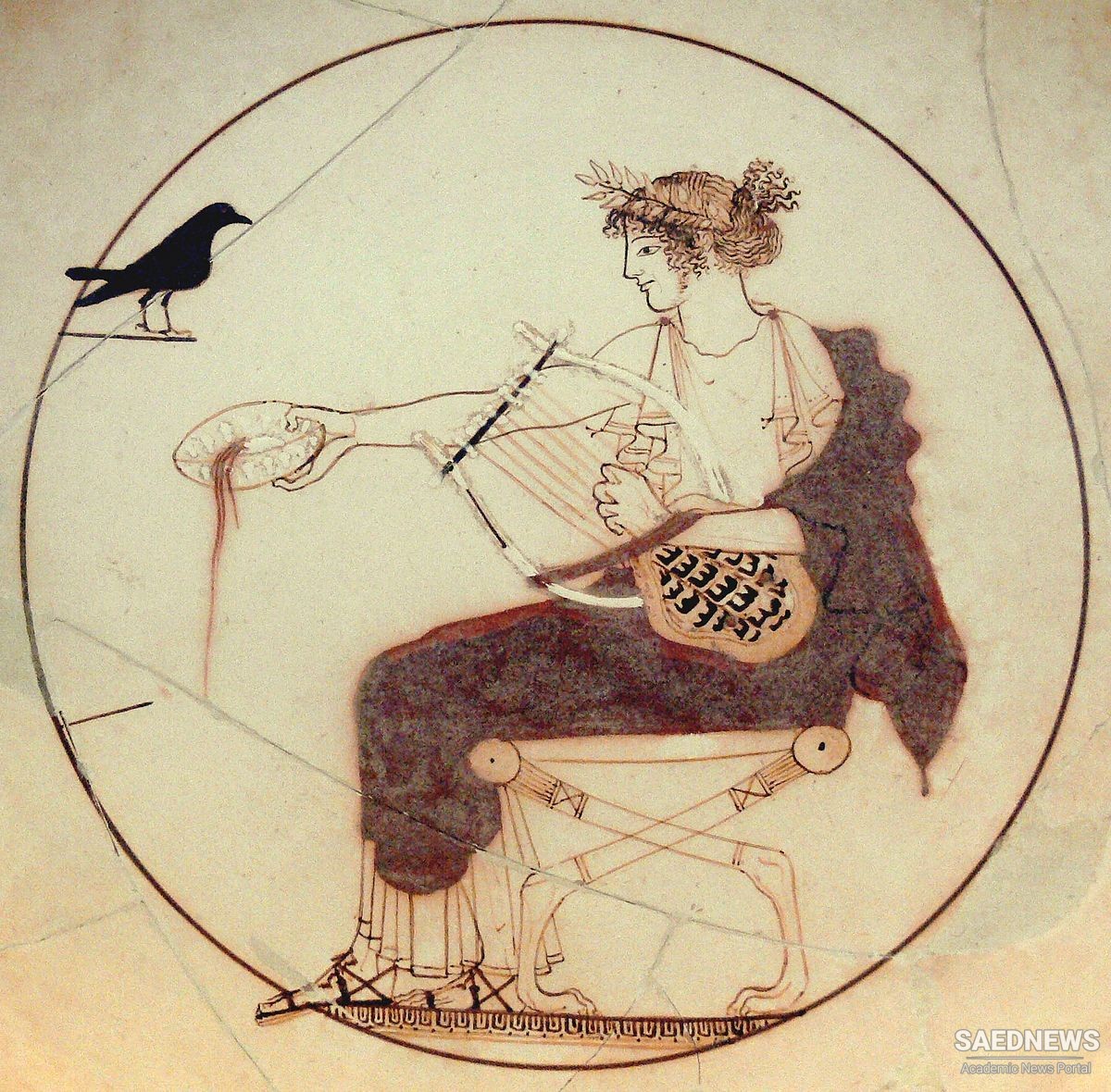IDIOPHONIC INSTRUMENTS, vibrating without any special tension, have left few traces in Mesopotamia. It would be wrong, however, to conclude that they were not frequent in ancient Mesopotamia; as the scenes represented by Sumerian and Babylonian artists were in the main ceremonial, they mirror but one side of Mesopotamian life Altogether we know six types of idiophones employed between the Two Rivers; namely, concussion clubs, clappers, sistra, bells, cymbals and rattles.
Concussion clubs had the bent form of primitive boomerangs of the nontwisted type, such as Australian tribes use for hunting and also to accompany their songs. They are depicted on some of the oldest seals of Sumer, resembling exactly those drawn on prehistoric potteries of Egypt; dancers are holding one in each hand and hitting them together. On an archaic seal from Ur, which dates from about 2800 B.C. and is owned by the University Museum in Philadelphia, a small animal is playing a pair of short clappers of the kind that youths call bones in this country. Fourteen or fifteen centuries later similar clappers appear on Egyptian reliefs of the New Kingdom.
More interesting than clubs and clappers are the sistra, which will be spoken of more fully in the Egyptian chapter. They had the U form of a spur (the point of the spur forming the handle) with a few loose crossbars, which jingled when the little implement was shaken. Thus, they were similar in shape to those sistra that have been found near Tiflis in Georgia and still exist in the Christian Church of Ethiopia, and also similar, surprisingly enough, to sistra found among the Yaqui in North America and among the Kadiuveo in South America. The clearest reproduction of a Sumerian sistrum is on a seal dating about 2500 B.C. in the Louvre.
The Sumerian spur sistrum differed from the usual Egyptian sistrum, which had the arch on top opposite the handle. Only one Egyptian specimen, of wood, is carved in the Sumerian shape; it came from a tomb of the Middle Kingdom, about 2000 B.C., and probably was not common at that time. A relationship between the Mesopotamian and the Egyptian sistra cannot be doubted; we know that in prehistoric times the countries were connected by commercial trade. That the sistrum originated in Mesopotamia is not likely, as this country is on the periphery, rather than in the center, of the area of distribution. Also, the earlier spur sistrum was, and is, used on the periphery, except for that one obsolete specimen in Egypt; again, a later type was used in Egypt only. Thus, all the facts indicate that the sistrum came from Egypt rather than from Mesopotamia.


 Evolution of Musical Instruments and Civilizational Developments
Evolution of Musical Instruments and Civilizational Developments














































